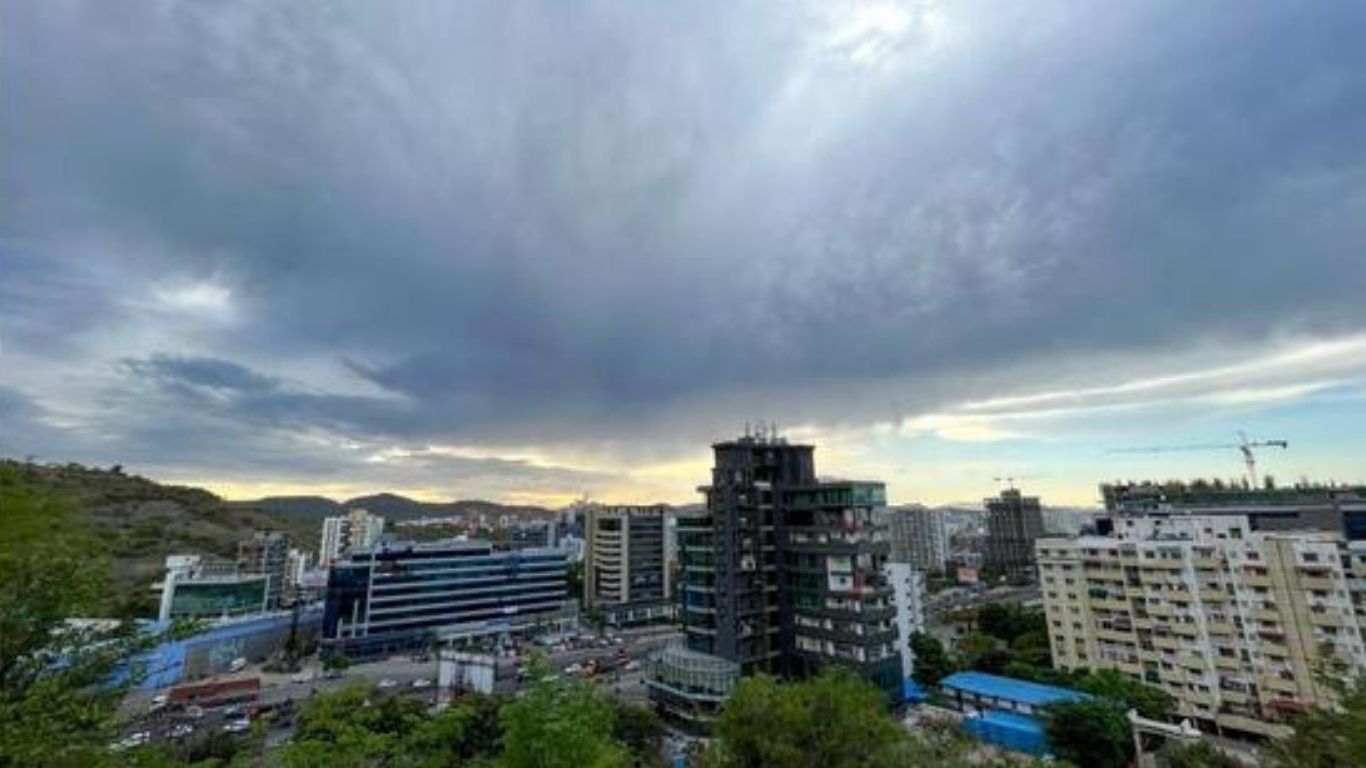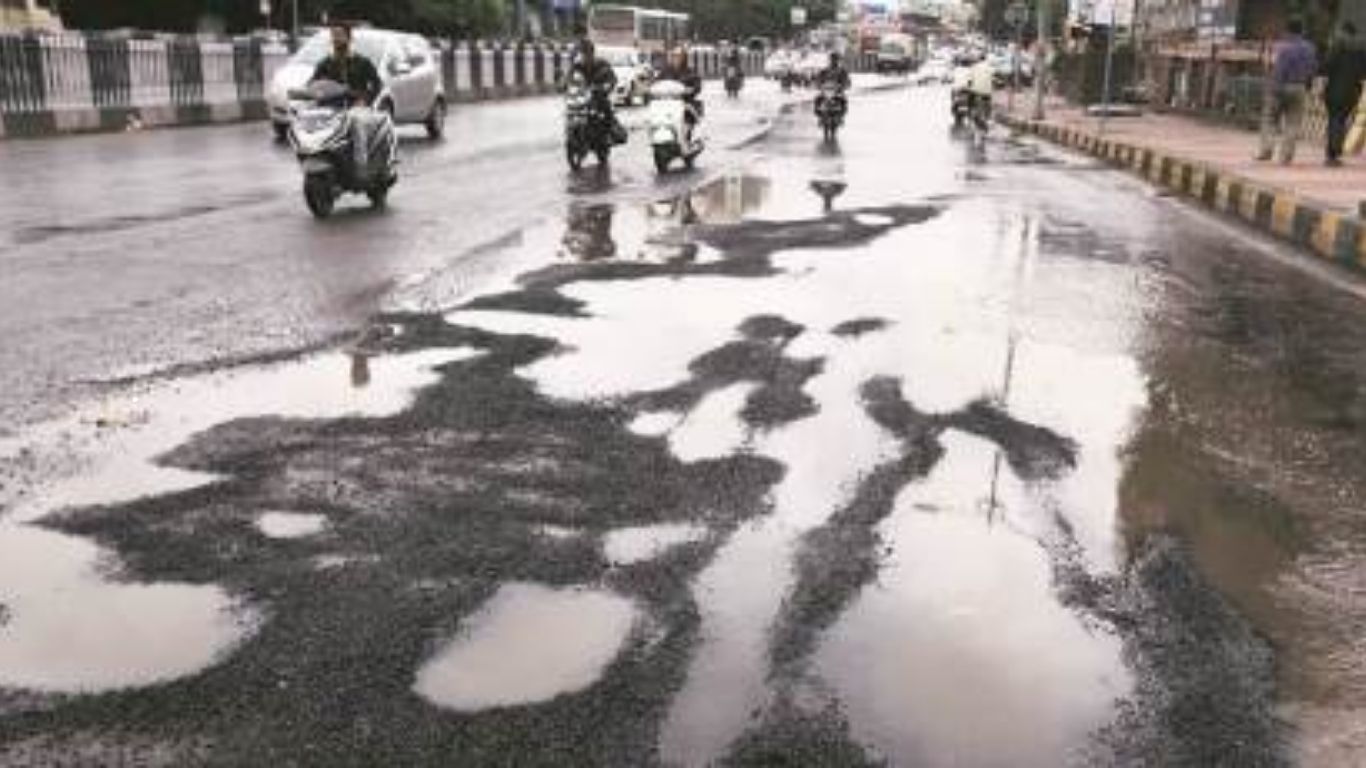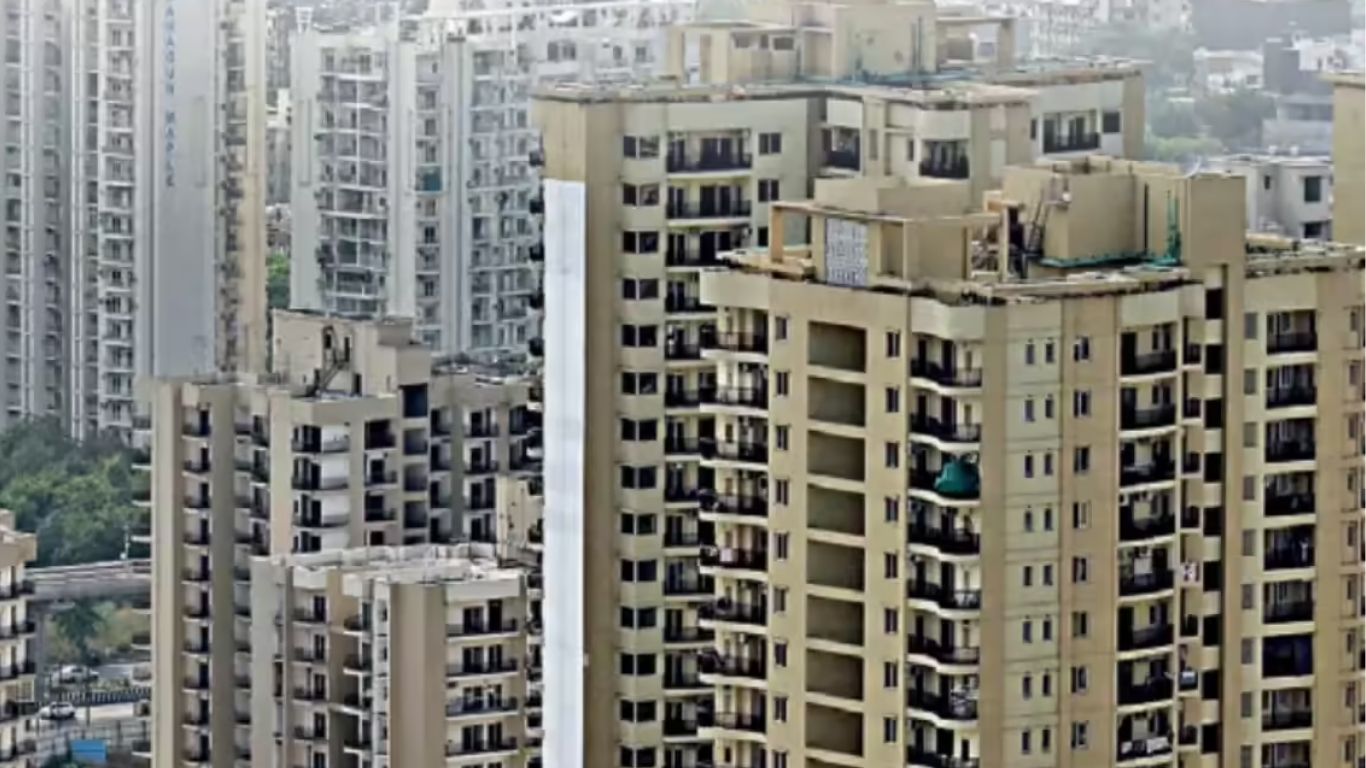Only seven structures in Chinchwad are green-certified, despite its real estate surge and improved temperature. While global cities adopt environmentally sensitive development, builders ignore eco-laws, missing financial incentives and sustainability.
Anshu Kashid
Pune, May 06, 2025: A quiet change is under way as the heat and traffic in Pune become more severe: people are gradually gravitating toward Chinchwad city, attracted by its rather better climate and growing residential development. Though more than 500 new residential projects open up year, the city still shockingly lacks green-certified structures; just seven projects have so far earned the eco-friendly emblem.
Rising Development with Eco-Consciousness Falling
While Chinchwad’s skyline is changing, as much as the transformation does not trouble sustainability? Green Rating for Integrated Habitat Assessment (GRIHA), Bureau of Energy Efficiency (BEE Star), and credible organizations like the Indian Green Building Council (IGBC) builders have shown minimal interest in getting greener than others even as national and global green building certification from credible organizations. These certificates not only have great incentives but also are approved worldwide and rated as platinum, gold, or star environmentally:
Higher Floor Space Index (FSI)—3%, 5%, or 7% more according on certification
Relief of property taxes for apartment owners
Value appreciation and recognition
With just 7 out of hundreds of residential developments accredited, however, the lack of involvement points to developers and the Pimpri-Chinchwad Municipal Corporation (PCMC) discounting environmental responsibilities.
What qualifies a building to be “Green”?
Green buildings are meant to be in harmony with the surroundings and lower the environmental impact of the construction; they are more than just titles. Important characteristics include:
Natural ventilation and daylight; energy-efficient LED lighting; star-rated air conditioners; rainwater collecting and water recycling systems; waste reduction and onsite management; use of recycled and local building materials; presence of vegetation and green space; general lower energy and water consumption
The World Green Building Council claims that these kinds of constructions enhance biodiversity, lower negative effects on the environment, and maximize resource economy.
Penalties for Ignoring Suggestions:
According to PCMC officials, developers risk fines up to 2.5 times the normal cost if they neglect green certification even though plans are presented. Still, many have not been pushed toward compliance by this, which reflects a deeper apathy inside the real estate sector.
An All-Around View of Green Development:
With 124,200 LEED-certified buildings worldwide, the United States leads followed by China (5,700) and Canada (3,000+). Though fast growing, India still lags behind in mass acceptance of green architecture; places like Chinchwad highlight this disparity.
Read : https://newsdotz.com/pimpri-chinchwad-set-to-pioneer-maharashtras-electric-transit-revolution/
Follow : https://www.instagram.com/newsdotz?igsh=MXRleTNiZnV5eThuYg%3D%3D&utm_source=qr



